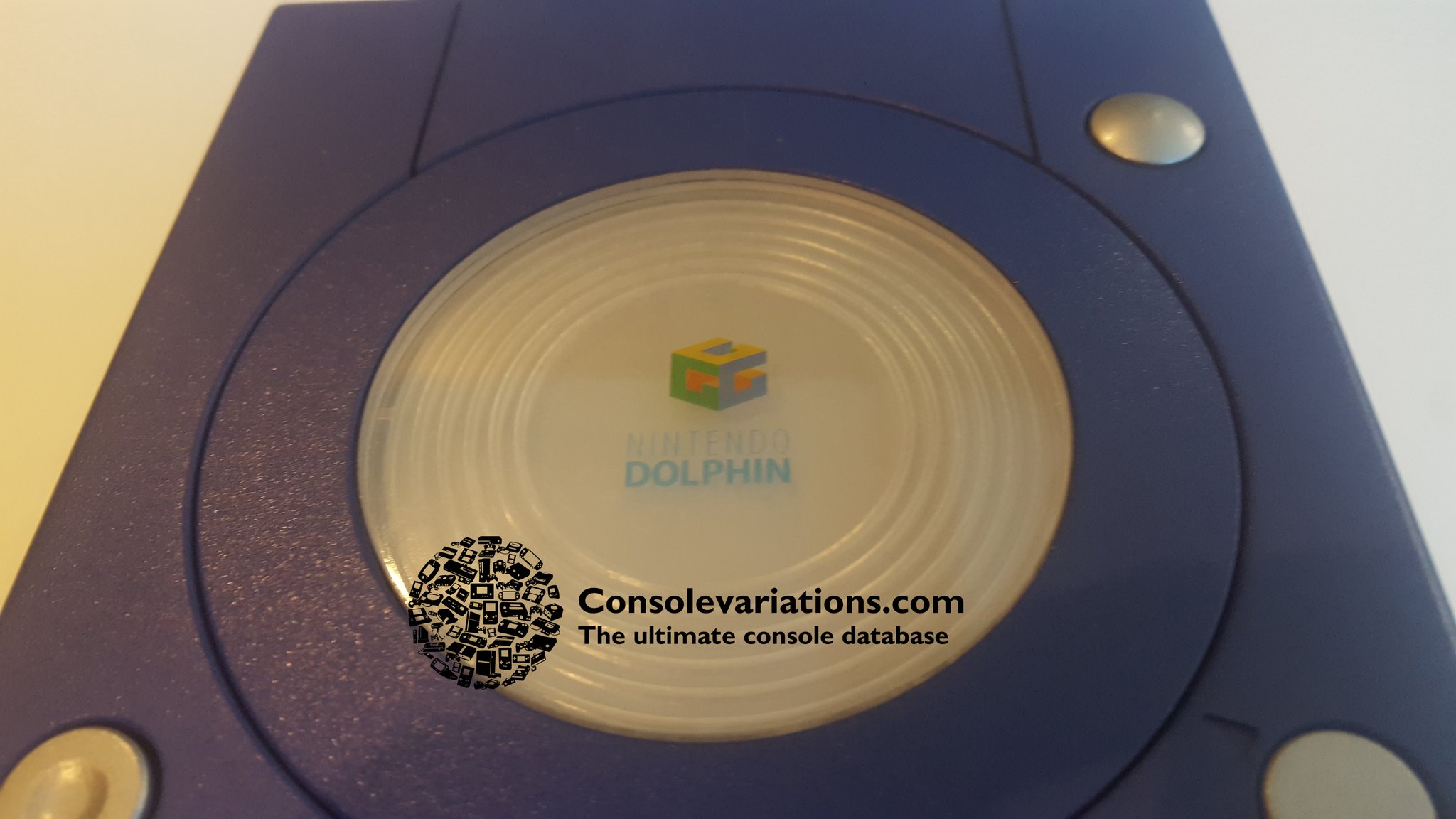This is a trash take.
I just wrote the ability to take a DX9 game, stealthy convert it to DX9Ex, remap all the incompatibility commands so it works, proxy the swapchain texture, setup a shared handle for that proxy texture, create a DX11 swapchain, read that proxy into DX11, and output it in true, native HDR.
All with the assistance of CoPilot chat to help make sense of the documentation and CoPilot generation and autocomplete to help setup the code.
All in one day.











The point is to show it’s uncapped, since SDR is just up to 200 not. It’s not tonemapped in the image.
But, please, continue to argue in bad faith and complete ignorance.